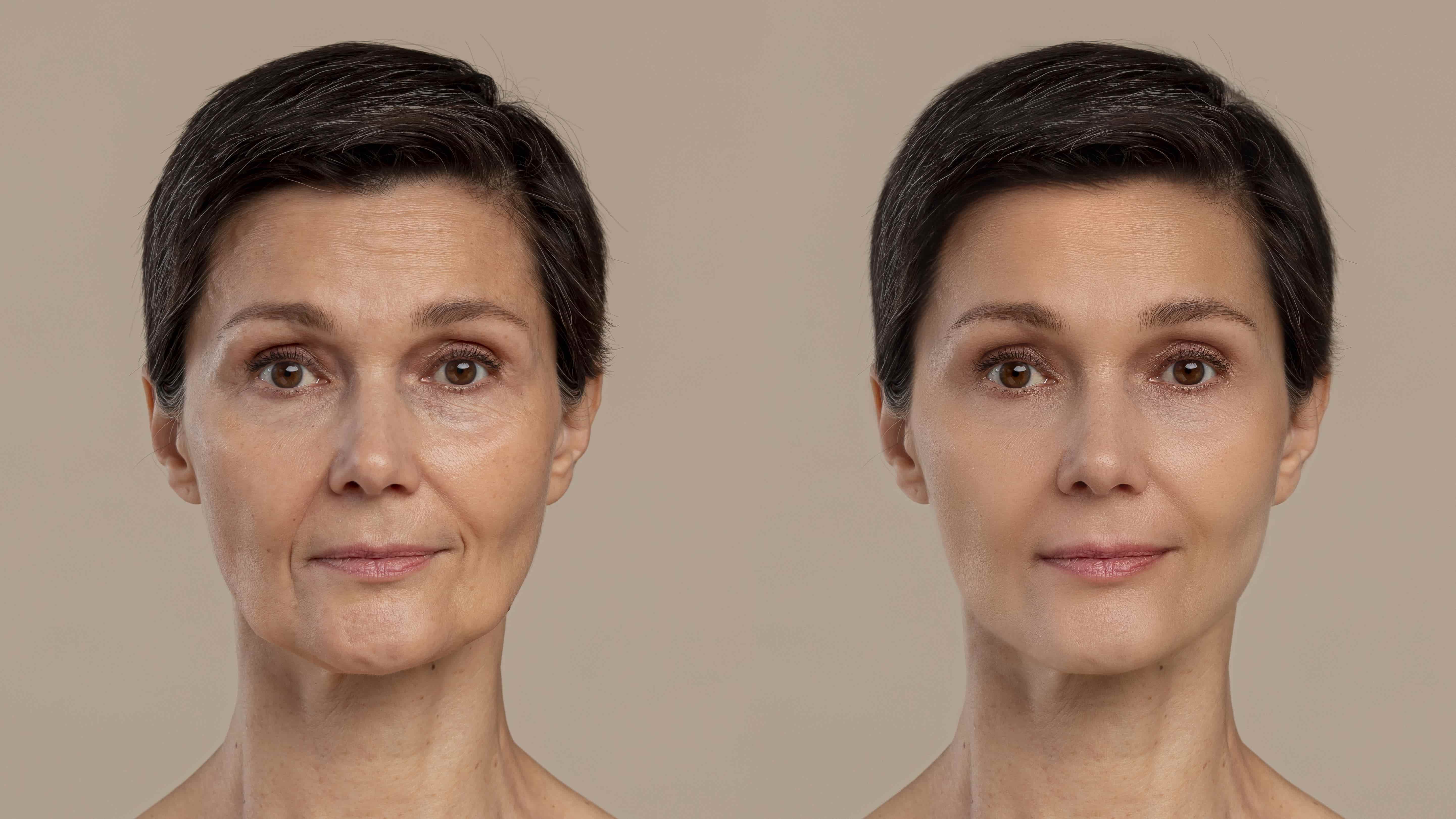Introduction
Ultherapy is a FDA-cleared skin tightening treatment, helping individuals wanting to lift their neck, chin and brow, and also for those wanting to improve their wrinkles and fine lines on the upper chest.
The non-invasive therapy relies on ultrasound imaging, where the energy is delivered precisely to the place where it will benefit you most—for natural-looking results that improve over time. It goes deeper to stimulate production of your body’s own collagen and elastin, for natural looking results without surgery or downtime.
Quick Highlights
Tabulated below are some of the major highlights about the skin tightening treatment:
|
Treatment Name
|
Ultherapy
|
|
Technology
|
Ultrasound
|
|
Used for
|
Collagen & elastin production | improves wrinkles & fine lines on upper chest
|
|
Treatment Areas
|
Face, Neck & Upper Chest
|
|
Treatment Duration
|
Usually lasts for 1 to 1.5 hours, excluding the numbing procedure
|
|
Surgical
|
No
|
|
Downtime
|
Depending on person to person
|
Ultherapy Steps
The treatment involves using micro focused ultrasound to kickstart a thermal effect under the skin. This starts your body’s own process to create new collagen and improve the elasticity.
Given below are the standard steps involved in Ultherapy:
Step 1: Thorough analysis and assessment of the treatment area by the doctor
Step 2: Cleansing and preparing the treatment area
Step 3: Application of numbing cream, allowing it to take effect for at least 45 minutes
Step 4: Putting ultrasound gel and placing hand-held device to administer the designated number of shots as per the target area
Step 5: Applying moisturizer and sunblock to the treated area for protection and hydration
Note: The treatment is customised during the assessment. With this, the practitioner visualises the best location for treatment through Ultherapy’s ultrasound imaging.

Final Takeaway
The ultrasound skin tightening therapy goes deeper into the tissues to treat signs of aging unlike other lasers, radio frequency, surgery and other technologies. Most of the patients can evidently see results in a single treatment. But, for proper results, they are visible after 2 - 3 months.
Ultherapy Ultrasound Skin Tightening Treatment FAQs
Q: Is Ultherapy a surgical procedure or treatment?
A: No, Ultherapy is a non-invasive procedure and is best suited for those not ready for a surgical facelift.
Q: Is there any downtime?
A: The downtime varies from person to person. Generally, the procedure has minimal to no downtime. Some individuals may experience slight soreness and redness post-treatment, which usually lasts for 3-4 days.
Q: Is Ultherapy treatment painful or comfortable?
A: Not exactly. With the application of numbing cream, most patients hardly feel anything. However, some may feel tiny amounts of energy being deposited under the skin, indicating that the collagen-building process has begun. The comfort level varies from person to person, but you may experience sensations of heat and/or tingling as the energy is delivered.
Q: How does Ultherapy differ from laser treatments?
A: Ultherapy uses sound energy—tried-and-true ultrasound—which has unique properties allowing it to bypass the skin's surface to treat deeper layers not matched by any other non-invasive cosmetic device. Ultherapy stimulates collagen production in the skin’s foundation, resulting in a clinically significant lift of tissue over two to three months. In contrast, lasers typically rely on light energy, which cannot reach deeper skin layers and generally only treat superficial skin. Most laser treatments are not FDA-cleared to lift the skin.
Q: Are there any pre- or post-treatment skincare requirements for Ultherapy?
A: No, there are no specific pre- or post-treatment skincare requirements for Ultherapy. Once you book a session, you can relax.
Q: Who is an ideal candidate for Ultherapy treatment?
A. Ultherapy is ideal for individuals with some skin laxity, leading to a less firm appearance and feel. This includes loose skin under the neck and chin or lines and wrinkles on the chest. Typically, candidates are in their 30s or older with mild to moderate skin laxity. While Ultherapy is not a substitute for a surgical facelift, it is suitable for those who desire some facial lifting but are not ready for surgery— whether due to mental, physical, or financial considerations. It also attracts younger individuals aiming to stay ahead of the game and those looking for aesthetic maintenance.



